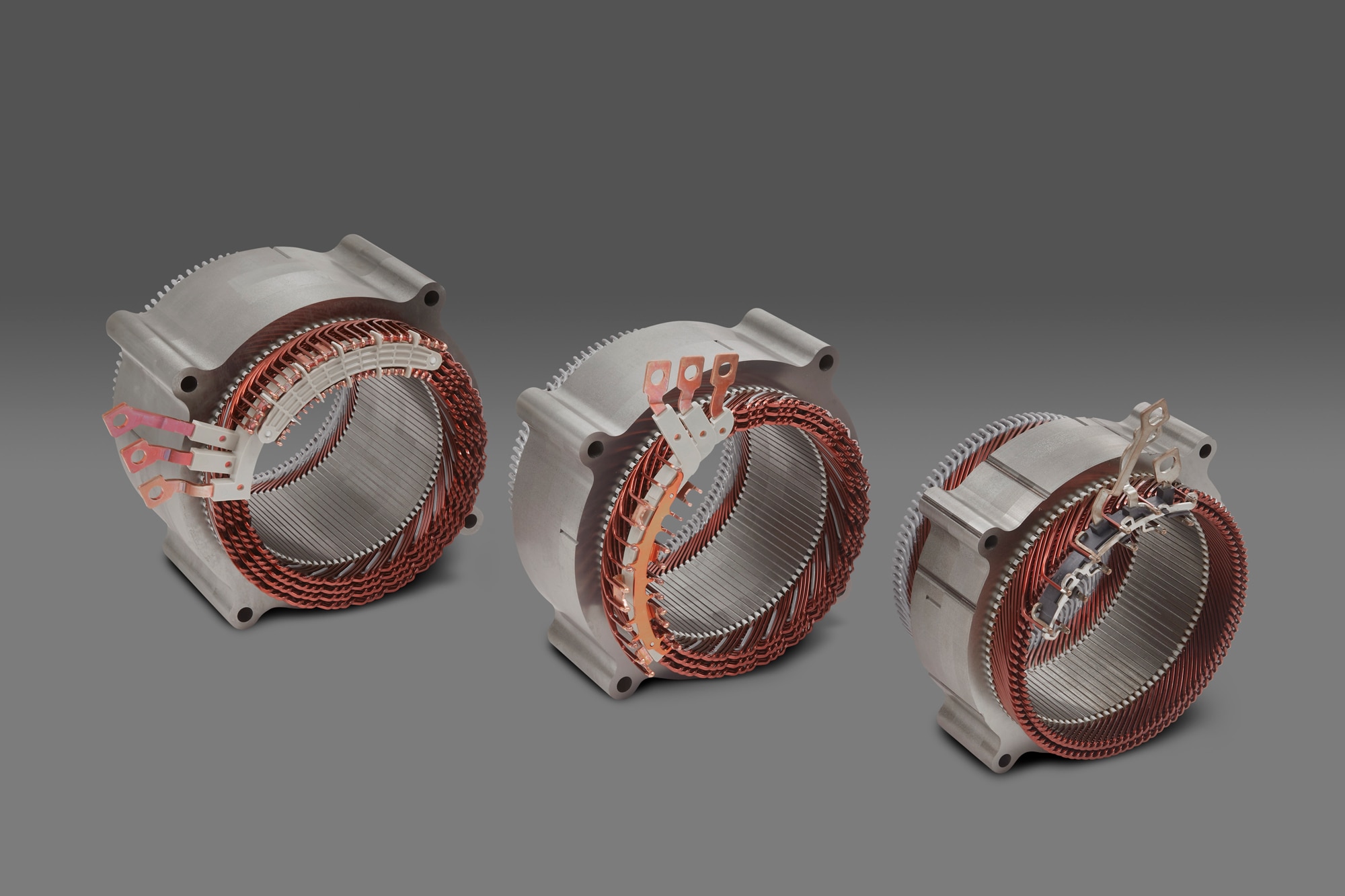OEM vs. Aftermarket Parts: What’s Better?
One saves you money, the other saves you hassle.
 General Motors
General Motors
When getting a vehicle repaired or serviced, you may be presented with the option of using Original Equipment Manufacturer (OEM) parts or aftermarket parts. As its name implies, OEM replacement parts are tested by the automaker that installed them on your car or truck at the factory when it was new. “Aftermarket” describes parts that perform the same function, but are produced by a third party.
Which parts are the right ones for your vehicle? Here's a look at the differences between OEM and aftermarket car parts.
Cost Can Be a Factor — But So Can Quality
It's not uncommon for third-party auto parts to be less expensive than those offered by the manufacturer.
Cheaper aftermarket parts sometimes save on cost by cutting a few corners. Third-party body panels, for example, might not use as much steel or aluminum as the originals, which means they may not resist corrosion or wear as well.
Other times, however, the cost savings result from volume, as an aftermarket company can serve many different automotive brands at once, reducing production costs that are then passed on to the buyer. Competition from other providers — not something an OEM supplier faces — also works to keep prices lower than what you'll find at the dealership.
There are even aftermarket car parts that are considered “direct replacements” that match or exceed the original specification. These components are sometimes even used in warranty repairs, and function identically to their OEM equivalents, despite costing less.
Going Above and Beyond OEM
Many people install aftermarket parts to improve a vehicle's performance. When a car or truck leaves the factory, the automaker has made compromises to balance durability, reliability, comfort, and cost. If an owner wants to improve a specific aspect of an automobile's performance and isn't as concerned with increased wear (as with more aggressive brake pads or tires), noise (exhaust systems), or comfort (stiffer suspension components), they can turn to the aftermarket for a more focused solution.
Which is Better?
More affordable aftermarket parts appeal to your pocketbook but require research. With so many brands available, choosing the right one can feel overwhelming, and often requires the assistance of a trusted mechanic with experience using multiple suppliers.
OEM parts are guaranteed to fit and almost always come with a manufacturer-backed warranty. They may cost more than what the aftermarket offers, but the trade-off is a likely simpler purchase process.
If you're looking for a fast, simple experience and don't mind paying extra, OEM is often the way to go. If you prefer to improve on the performance the originating factory delivered, or if you'd rather dig into your options and save some money by selecting a quality replacement, aftermarket components can be more appealing.
Written by humans.
Edited by humans.
 Benjamin Hunting
Benjamin HuntingNearly two decades into his career as an automotive journalist, Benjamin has had his hands greasy, his hair blown back, and his heart broken by more than one project car. In addition to his work at Capital One, he has contributed features and reviews to Motor Trend, Car and Driver, Hagerty, Driving Line, Inside Hook, Super Street, European Car, Roadkill Magazine, Motor 1, The Drive, the Toronto Star, the National Post, Business Insider, NAPA, Autoblog, Automotive News Canada, and AutoGuide. He is also cohost of the Unnamed Automotive Podcast and cocreator of the Code 45 and Dead Air graphic novels. In his spare time, he's a friend to vinyl and enjoys keeping the shiny side up during track days.
Related articles
View more related articles